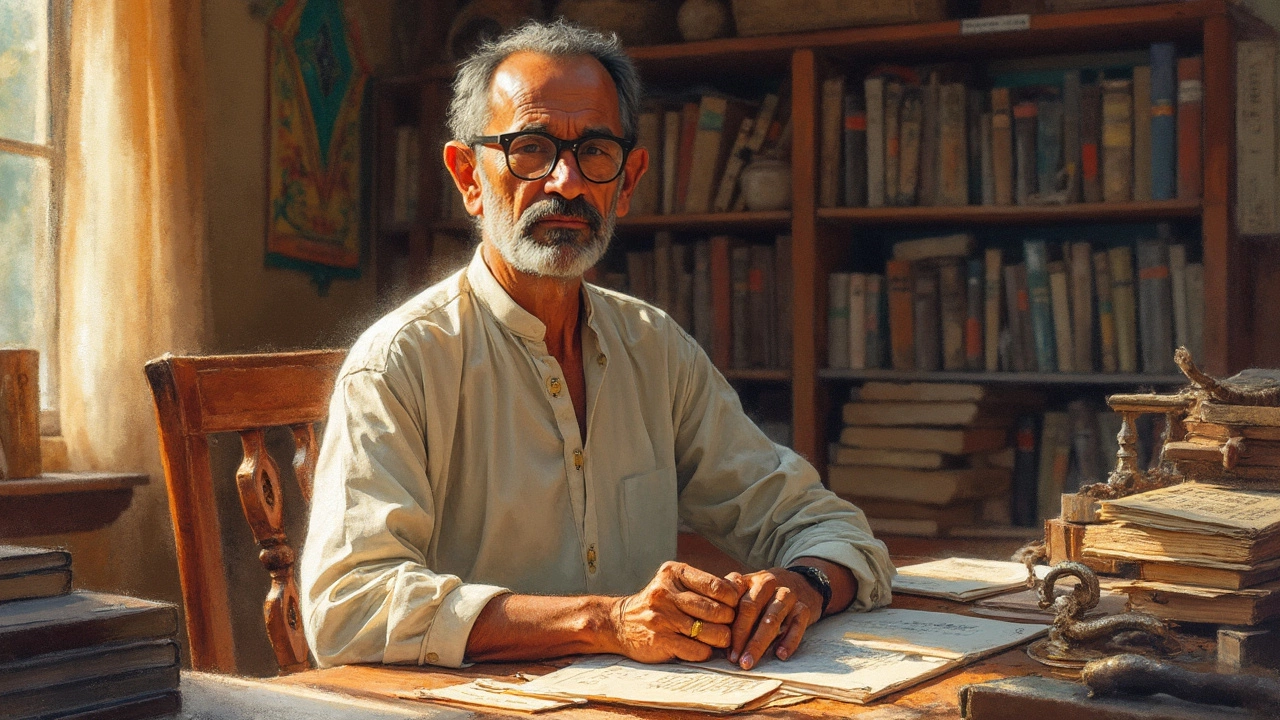National Poet of India – Who Holds the Title and Why It Matters
When you hear “national poet of India” you might picture a single figure, but the reality is richer. India’s huge cultural mix means many poets have been called the nation’s voice at different times. This page gathers everything you need to know – from the legends you hear in school to the modern writers shaping today’s literary scene.
Understanding why a poet is labeled “national” helps you appreciate the power of their words. It isn’t about a government decree; it’s about how people across the country feel a poet’s work reflects their shared values, struggles, and hopes. That’s why the tag brings together articles that explain the title, compare famous candidates, and show how poetry still influences daily life.
What Makes a Poet ‘National’?
A poet earns the “national” tag when their verses reach beyond a region and touch the whole nation. Look for three things: massive popularity, themes that echo Indian history or identity, and a lasting impact on language and culture. For example, a poet whose lines are taught in schools, quoted in speeches, and sung at festivals fits the bill. The tag’s posts break down these criteria and give real examples, so you can see the pattern.
Another key factor is the poet’s role in social change. Many Indian poets used rhyme to protest colonial rule, fight caste discrimination, or champion women’s rights. Their work became rallying cries, turning poetry into a tool for activism. Articles under this tag explore those moments, showing how a poem can spark a movement.
Top Poets Often Called India’s National Poet
Even though there’s no official title, several names surface again and again. Rabindranath Tagore, the Nobel‑winning writer, is frequently mentioned because his songs are part of the Indian school syllabus and his ideas shaped modern India. Kabir, the 15th‑century mystic, is loved for his simple verses that bridge Hindu and Muslim worlds. Tulsidas, who penned the Ramcharitmanas, remains a spiritual anchor for millions.
More recent voices include Harivansh Rai Bachchan, whose poems on love and life still get recited in college cultural events, and Mahadevi Verma, a pioneer of the Hindi Chhayavaad movement. Each of these poets has a dedicated article on this tag, outlining their biography, famous lines, and why readers still turn to them.
If you’re curious about lesser‑known contenders, the tag also covers regional legends like Kavi Kalapi of Gujarat or Subramania Bharati from Tamil Nadu. Their work shows how “national” can also mean “representing the diversity of India.”
Use the list of posts here to dive deeper into any poet that catches your eye. Whether you want to quote a line for a speech, understand the history behind a school anthem, or simply enjoy beautiful verses, the tag page is your one‑stop hub.
Ready to explore? Click on the articles that match your interest and start discovering the voices that have shaped India’s literary soul. You’ll find practical tips on how to use these poems in everyday conversation, classroom projects, or social media posts – all explained in a clear, friendly way.
- Arjun Bhardwaj
- 29-06-25
- Indian Culture
Know the National Poet of India: Story, Legacy, and Impact
Unravel the story and legacy behind India's national poet, discover why Ramdhari Singh Dinkar holds the title, and learn the impact of his words on Indian identity.
Details